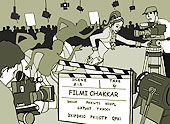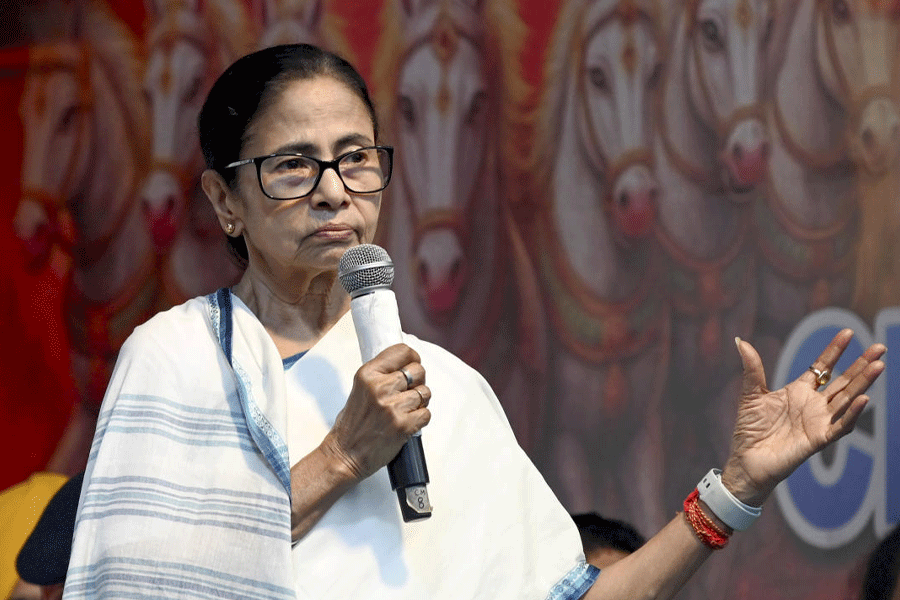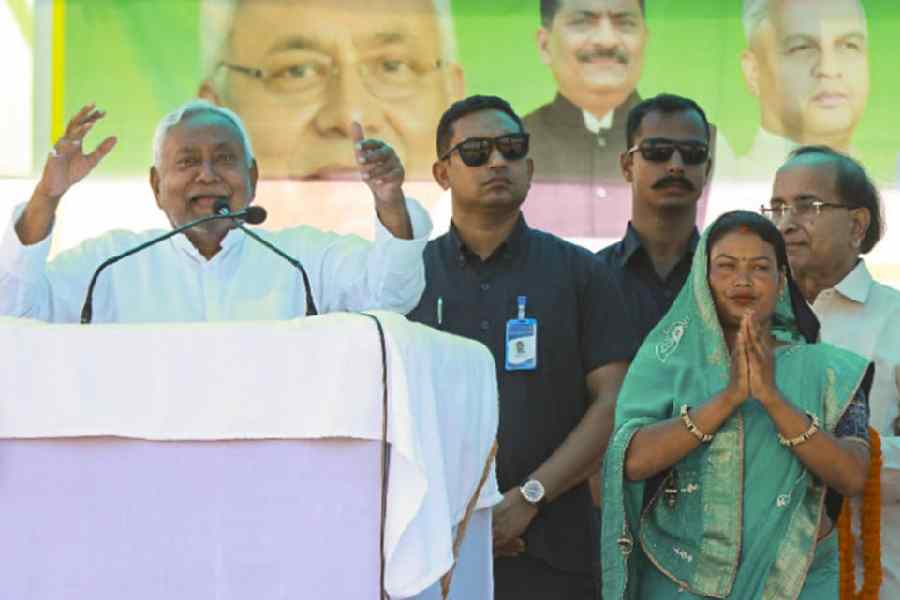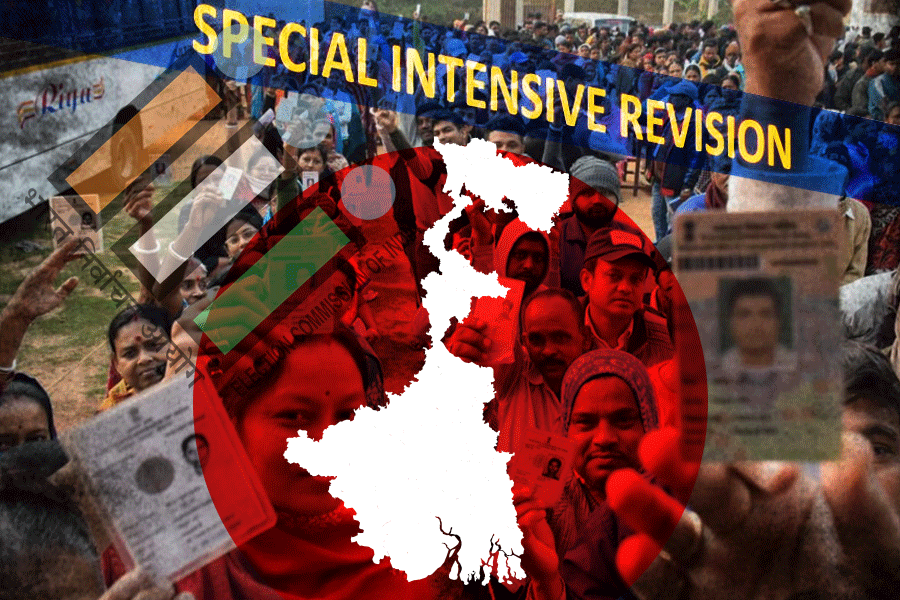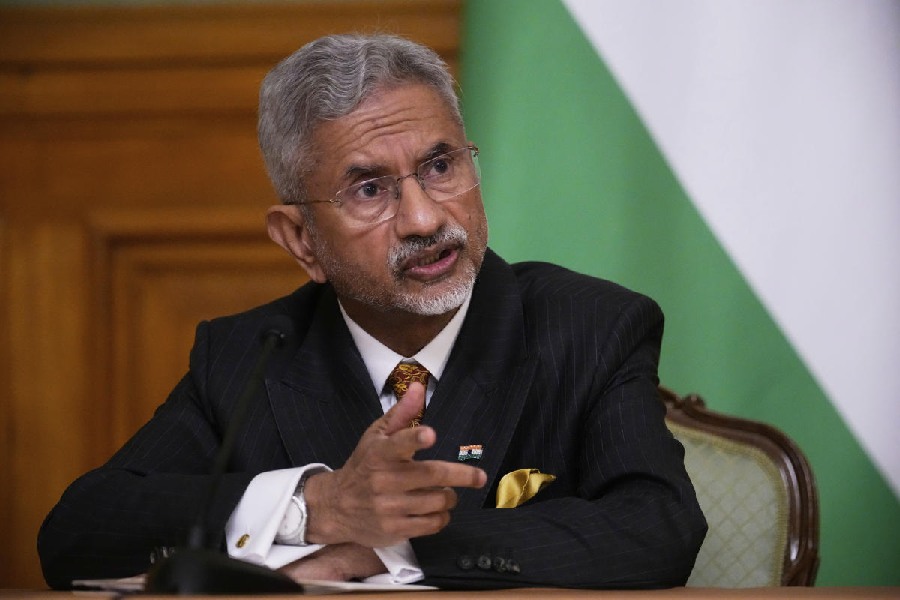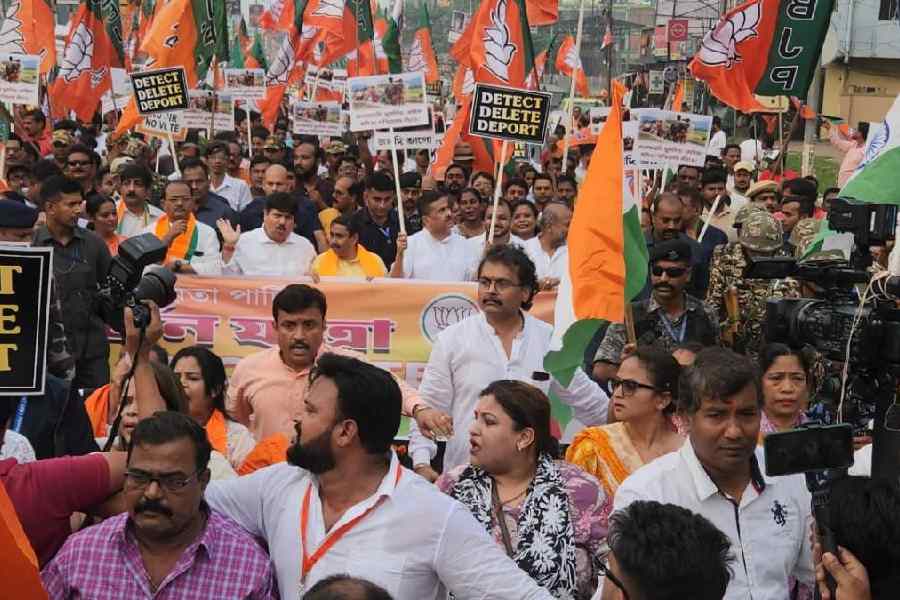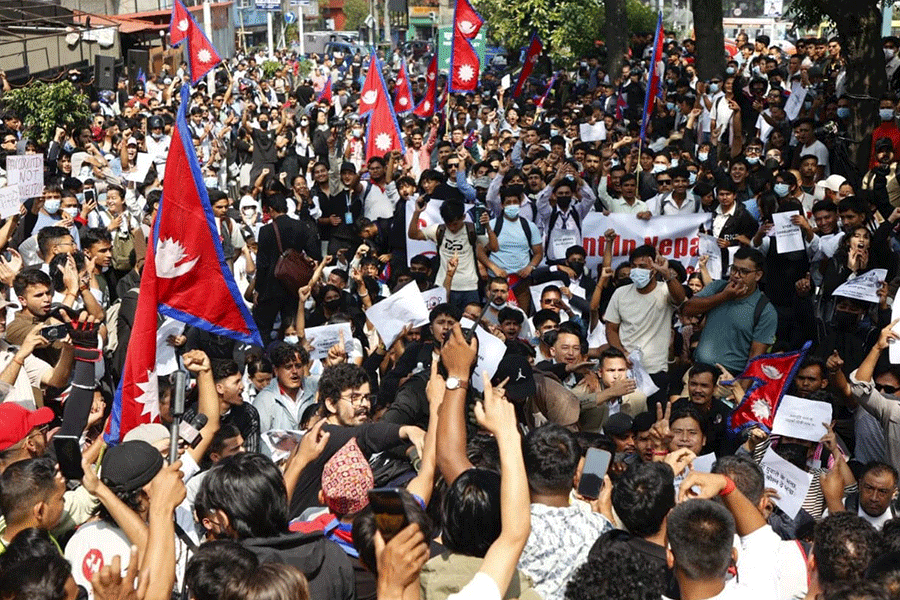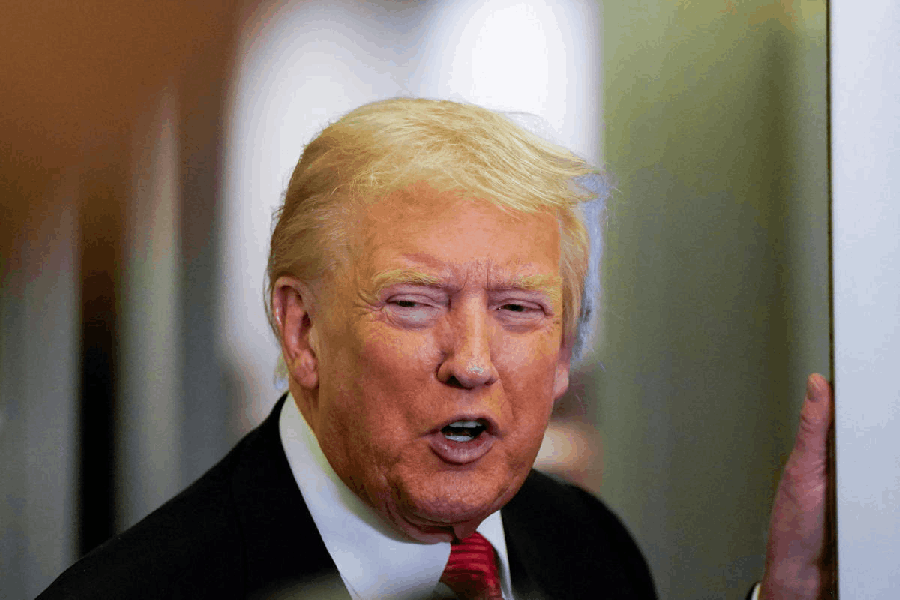 |
“Three things in India — cricket, politics and Bollywood — capture the imagination of the masses like nothing else,” says Pritish Nandy, seated at his Nariman Point office. “As Bollywood comes of age as an industry, it is natural for Hindi filmmakers to set their films in Bollywood. I won’t be surprised if more and more films of this genre are made,” he says. Bollywood, clearly, wields a magic wand. Some point out that it has always done so. Guru Dutt’s 1959 film, Kaagaz Ke Phool, for instance, dealt with the psychological battles that a once-successful, self-respecting filmmaker has to deal with when he is rejected by the tinsel world. The film flopped.
But while there have been several films on Hindi cinema, the three films on the anvil indicate that a new trend is taking form. One of the reasons for that, many argue, is the fact that Bollywood itself has a canvas much larger than it ever did. In the last decade, Bollywood cinema has reached newer markets, with mainstream Hindi films like Mani Ratnam’s Dil Se, Karan Johar’s Kabhi Khushie Kabhi Gham or Subhash Ghai’s Taal featuring in the list of top 20 box-office hits in Britain and the United States. Farhan Akhtar’s Lakshya is currently enjoying a mainstream release in the US — something that few Bollywood filmmakers could have imagined in the past.
Nandy believes that Bollywood’s growth in terms of its size and reach, especially its penetration in the NRI community, is one of the reasons why more films set in Bollywood are being made. “Look at how many new people from outside India are entering Bollywood,” he says, referring to Hindi songs playing on a music channel on TV.
Filmmaker Tanuja Chandra stresses that another indicator of Bollywood’s growing reach is the way the media looks at it. “Bollywood is covered much more widely today than it was in the past,” she says. “It is now a staple diet.”
Not surprisingly, Tanuja’s new film makes the most of the nation’s obsession with Bollywood. Her film is about a fading Bollywood actress who craves for the arc lights, but whose attitude changes after her encounter with a jailed inmate she plans to make a film on. The film focuses on this meeting of two diverse worlds — that of a film star and a prisoner accused of murdering her husband.
“My film doesn’t take a critical look at Bollywood,” she says. “In fact, Bollywood is much maligned in that respect. It is actually far more innocent and sweet. I wouldn’t ridicule it,” says Chandra, who is waiting for a go-ahead from the producers, Sahara, for the film’s release. Within the larger theme of Bollywood, most filmmakers have found their own distinct angles. So if Guru Dutt’s film was about the 10 minutes of fame that Bollywood accords its heroes, Guddi, Hrishikesh Mukherjee’s classic of the 1970s, revolved around the impact that Bollywood’s larger-than-life screen heroes have on viewers in small towns.
Comedian Asrani’s Chala Murari Hero Banney explored the lives of fans who gambled their lives to land up in Mumbai, chasing their dream and heroes. In the 90s, Ram Gopal Varma’s Rangeela showcased the flame of hope that Bollywood ignites in millions of hearts with the story of a middle-class Mumbai girl, an extra in Bollywood dance sequences, who makes it as a heroine. The story of a small-town girl, Chutki, who wants to become a film star, is the subject of Main Madhuri Dixit Banna Chahti Hoon, produced in 2003. And somewhere in between, Varma’s Mast looked at a fan’s obsession with the screen image of actress Urmila Matondkar.
Bollywood figures in cinema in different ways. For filmmaker Shyam Benegal, clearly, there is a lot more to the industry than stardust. He explored the film-within-a-film format in Samar, winning the National Award for the Best Film with his tale of a film unit which travels to a village to shoot a film about caste politics.
New angles are being explored now. The Nandy production, tentatively titled Na Jane Kaise is the story of a Bollywood actress (possibly Aishwarya Rai) and her relationship with a Goa-based restaurateur. “It is not set in Bollywood, but it tries to show that even a Bollywood star has ordinary needs and how she realises those when she meets this man-on-the-street,” says director Tarun Mansukhani. “Bollywood is a religion in India and we thought it would have a mass appeal,” he says.
But will Bollywood on Bollywood thrive as a theme? Unlikely, predicts, Sahara India’s creative director Akashdeep, who believes that it is a niche genre that most of the Indian mass audience will find hard to stomach. “The average Indian Bollywood viewer would rather see his screen idols play oppressed protagonists who battle against all odds than watch them play themselves,” he says.
But what’s clear is that Bollywood will continue to enthral. Little wonder, then, that Zoya Akhtar’s maiden film focuses on Bollywood. “I have obviously seen the industry from close quarters and so I didn’t hesitate to set Luck By Chance in the film world,” is all that Akhtar is willing to say.
But this time, the industry hopes that Hindi cinema will race ahead on formula Bollywood. “Some of the previous films may have failed because they didn’t connect with the audiences. Your characters have to be real and strike a universal chord,” says Akhtar.
And just what can be more real than Bollywood?

